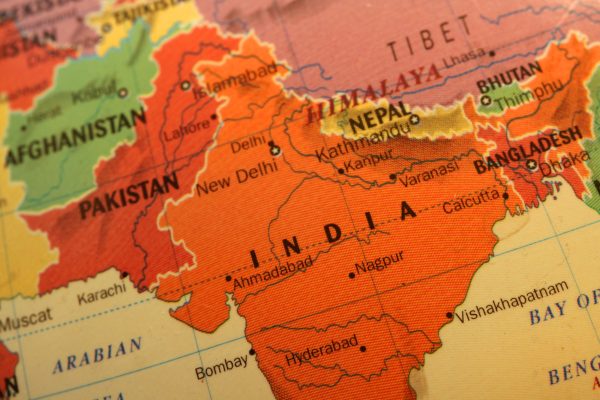Author: Hassan Abbas
Affiliation: Professor of International Security Studies at the National Defense University (NDU) in Washington, D.C., Center for Global Policy
Organization/Publisher: Center for Global Policy
Date/Place: November 09, 2020/USA
Type of Literature: Report
Number of Pages: 24
Keywords: US, South Asia, Pakistan, India, Security
Brief:
Any discussion over South Asia will not conclude until it emphasizes positive engagement between India and Pakistan. This paper thus engages in hard options for US’ dealings in the region fraught with hyper nationalism, increasing Hindutva, and a brimming nuclear confrontation amid the spreading influence of rising China – the main rival of the United States. Whatever the case, the US cannot overlook its “lynchpin,” strategic partner India, as its a so-called counter balance to the world’s second largest economy. From the outset, the author argues “South Asia ought to have a more prominent role in the United States’ grand strategy than it currently enjoys.” However, the situation is moving towards an impossible U-turn as Pakistan has weaved in over $50 billion of investments by China under the China-Pakistan Economic Corridor – the flagship of President Xi Jinping’s Belt and Road Initiative. How to navigate the interests in such a climate is intriguing for Islamabad, which itself has been a long ally of Washington’s so-called war on terror. With a rising middle-aged population, the South Asian region is facing under-development, poverty and employment issues. This report sees the intervention of a third party (i.e. the US) to defuse the simmering Indo-Pak tensions as important. However, the author seems too far from reality regarding the Kashmir dispute and presents a false sense of normalcy in the occupied region which awaits implementation of the UN-promised “right to self-determination” to decide its political fate. It also reflects upon terrorism in the region, with Afghanistan and Pakistan the most affected by this nuisance. The region is also witnessing deterioration of minority rights, especially after India moved to bulldoze citizenship rights of its Muslim population, termed as “fundamentally discriminatory” by the UN High Commission for Human Rights. The author argues that India may see the West losing interest towards it, if India’s so-called liberal character dilutes; although New Delhi has seen strong support from US and other allies in the recent past. The US does not have a magical wand in its hand to solve “South Asia’s perennial issues,” the author insists, however, that Washington should help the region against socioeconomic woes and development challenges.
By: Riyaz ul Khaliq, Non-Resident CIGA Research Associate




